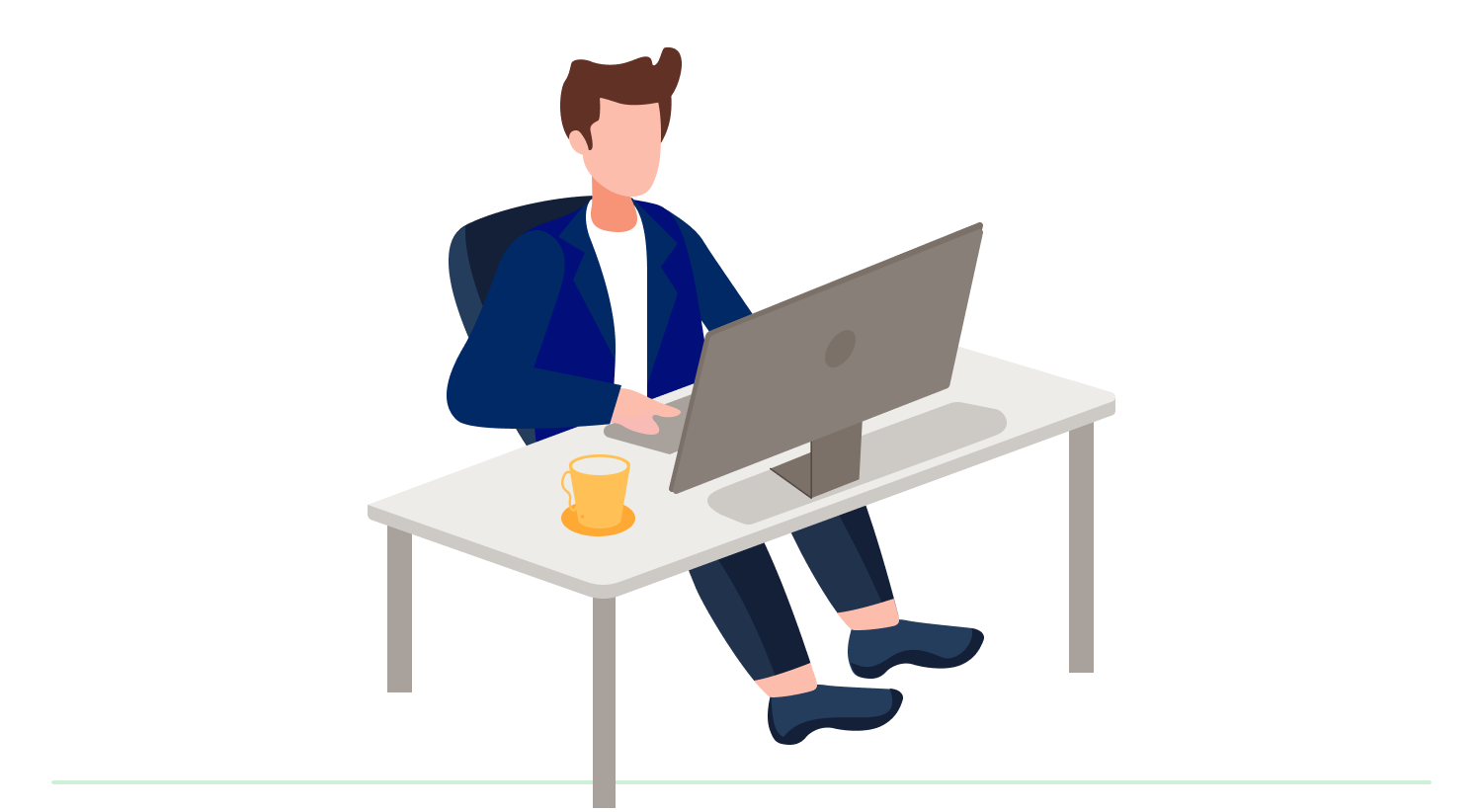
What is Product Design?
Product design is the process that combines the company’s goals with the client’s needs to make a successful product. Product design is often carried out by Product designers who empathize with the client to get a good understanding of their needs so that a product can be built accordingly.
A product design is considered effective when it meets the expectations of the company, caters to the customer needs, helps to build a brand, make profits, and bring value to the product and the company.
A good product design requires a deep understanding of the customer and the user journey. What distinguishes a good product design from an average is that customer empathy is practiced to make sure the product is relevant and has the intended impact. Hence, fostering customer empathy is the keystone to an excellent product design.
On the other hand, some of the features of poor product design are irrelevant problem-solving efficiency, cause additional problems, unaffordable, and inaccessible.
To prevent this, understanding the state of mind of the user such as likes and dislikes, habits, frustrations, etc. is essential.
How has product design evolved?
The product design as a concept can be traced back to the industrial revolution. We are talking about as early as the 1750s when the first mass-produced products started hitting the market. These products were in contrast with the traditional hand-crafted, individually produced products.
A century later, in the 1850s, the great reform took place reviving the artistic element in the industrial revolution. This is the time when designs for products were introduced to the technology.
Fast forward another century, from the 1940s to 1980s, it was observed that the designs from the 1800s were like their contemporary ones. Thus, there was a change in designs introduced where finally cars started looking different from carriages.
Now, as we look through the past thirty years, products are more flexible due to digital technology, which allows products to take any form. As a result, there are a lot of experimental and repetitive designs, products that are digital, and there is a diversity of choice available.
What are the stages in Product Design?
Problem definition
The first stage of designing a product is identifying the problem and coming up with an idea of what kind of product is needed.
This is the stage where a designing team will research customer requirements and the issues they are facing in order to find a solution that is within the capability of the company.
Feasibility
In the second stage, the designing team focuses on feasibility. Basically, they will estimate the production cost, the issues in the development process, and how difficult it is to manufacture and find the raw material if any. By the end of this stage, there is a functioning prototype that is developed.
Testing
This is the last stage of designing where the prototype is tested. The designers continuously refine the product and keep making changes until it is finalized.
Customer feedback is acquired on the product, additional changes are incorporated, and then the product hits the market.
Irrespective of which process of the product you are dealing with, having access to the top product management software is essential.
You may also be interested in:
FAQs
The first stage is the definition of a problem where ideas are created and research is conducted to find a customer problem. Second stage is called feasibility where the designing team looks at how much production is going to cost, what difficulties are going to come up, and to develop a prototype. The last stage is where the prototype is tested and continuously refined for improvement until finalized.
A product design is considered effective when it meets the expectations of the company, caters to the customer needs, helps to build a brand, makes profits, and brings value to the product and the company. What distinguishes a good product design from an average is that customer empathy is practiced to make sure the product is relevant and has the intended impact.
